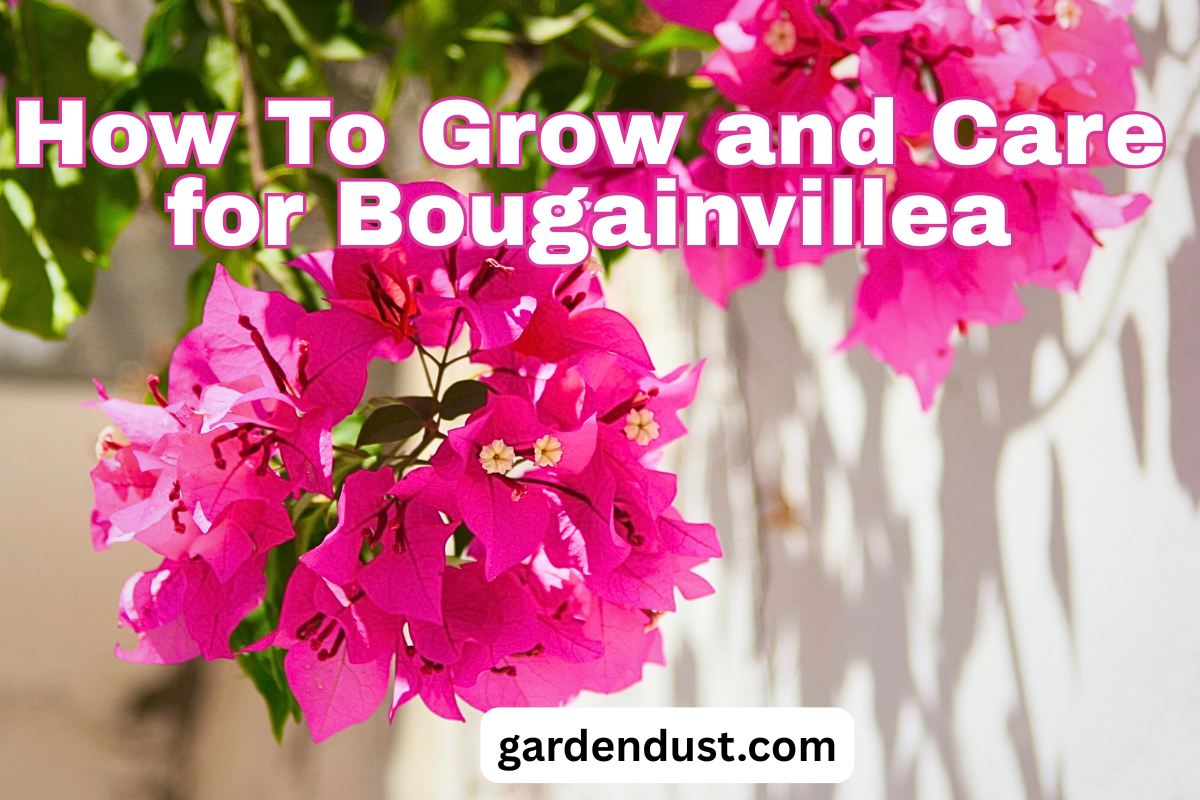Tansy (Tanacetum vulgare) is a robust and versatile herbaceous perennial that has been cherished for centuries for its ornamental and medicinal properties. With its bright yellow button-like flowers and aromatic leaves, tansy can be a charming addition to gardens, herb beds, and landscapes. This comprehensive guide will provide you with detailed insights into How To Grow And Care For Tansy Plant, ensuring your success in cultivating this timeless beauty.Let;s start….
Growing Conditions-
Choosing the Right Location
Tansy thrives in full sun to partial shade conditions. Select a location in your garden that receives at least 6-8 hours of sunlight per day. Ensure the soil is well-draining, as tansy prefers slightly alkaline to neutral soil with a pH ranging from 6.5 to 7.5.
Planting Tansy
a. Seed Starting:
- Start tansy seeds indoors 6-8 weeks before the last frost date in your region.
- Sow the seeds in a seed tray with well-draining seed-starting mix, lightly covering them with soil.
- Maintain consistent moisture and warmth until germination occurs, usually within 14-21 days.
- Transplant seedlings outdoors after the last frost, spacing them about 12-18 inches apart.
b. Transplanting Established Plants:
- Purchase tansy plants from nurseries or garden centers for quicker results.
- Choose a cloudy day or evening to transplant to minimize stress on the plants.
- Dig a hole slightly larger than the plant’s root ball and place the plant at the same depth it was growing in its previous container.
- Backfill the hole with soil and water thoroughly to settle the soil around the roots.
Watering and Soil Care
- Tansy is relatively drought-tolerant once established. Water regularly during the first growing season to help the plant establish a strong root system.
- Afterward, water only when the top inch of soil feels dry. Avoid overwatering, as tansy does not tolerate waterlogged soil.
- Applying a layer of mulch around the base of the plant helps retain moisture, control weeds, and regulate soil temperature.
Fertilization
- Tansy plants generally do not require heavy fertilization. A balanced, all-purpose fertilizer applied in early spring can provide the necessary nutrients.
- Avoid over-fertilizing, as it can lead to excessive foliage growth and reduced flowering.
Pruning and Deadheading
- Regular deadheading (removing spent flowers) will encourage prolonged blooming and prevent the plant from self-seeding prolifically.
- Prune back the plant’s foliage in late fall after the first frost or in early spring before new growth emerges to maintain its shape and encourage vigorous growth.
Pest and Disease Management
- Tansy’s strong aroma and bitter taste make it relatively resistant to many pests. However, aphids and spider mites can still occasionally appear.
- If pests become problematic, use a strong blast of water or insecticidal soap to control them.
- Tansy is generally disease-resistant, but providing good air circulation and avoiding overhead watering can help prevent fungal issues.
READ ASLO :-How To Grow And Care For Asparagus
How to Grow and Care for the Mustard Plant
Harvesting and Uses
- Harvest tansy leaves and flowers for various uses, including culinary, medicinal, and insect-repellent purposes.
- Gather leaves and flowers in the morning when their essential oils are most potent.
- Dry harvested material in a well-ventilated area away from direct sunlight and store in airtight containers.
Cautionary Notes-
- Tansy contains compounds that can be toxic if ingested in large quantities, so it’s important to exercise caution and use it in moderation.
- Avoid planting tansy in areas where livestock graze, as it can be toxic to them.
Propagating Tansy: Methods and Techniques
Tansy (Tanacetum vulgare) is a hardy perennial herb that can be propagated through various methods. Whether you want to expand your tansy collection or share this plant with fellow gardeners, understanding the different propagation techniques can be immensely rewarding. Here, we’ll explore the most common methods of propagating tansy plants.
1. Division:
Best Time: Spring or early fall.
Steps:
- Choose a mature tansy plant that is at least two years old. Spring or early fall is the best time for division when the plant is not actively flowering.
- Carefully dig up the plant, preserving as much of the root system as possible.
- Gently separate the root clumps into smaller sections, ensuring each section has several healthy shoots and roots.
- Replant the divisions in well-prepared soil at the same depth they were growing previously, spaced appropriately.
2. Seed Propagation:
Best Time: Start seeds indoors 6-8 weeks before the last frost date or direct sow in the garden after the last frost.
Steps:
- Collect seeds from the tansy plant after the flowers have dried and gone to seed.
- Sow the seeds in well-draining seed-starting mix, either indoors or directly in the garden.
- If sowing indoors, maintain warmth and moisture for germination.
- Transplant the seedlings outdoors after the danger of frost has passed, spacing them according to their growth requirements.
3. Root Cuttings:
Best Time: Late fall or early spring.
Steps:
- During late fall or early spring, when the plant is dormant, dig up the tansy plant.
- Cut several sections of healthy roots, each about 3-4 inches in length.
- Plant the root cuttings horizontally in pots or directly in the garden soil.
- Keep the soil consistently moist until new growth emerges.
4. Softwood Cuttings:
Best Time: Late spring or early summer.
Steps:
- In late spring to early summer, select healthy, non-flowering shoots from the tansy plant.
- Cut the shoots into 4-6 inch lengths, ensuring each cutting has a few sets of leaves.
- Remove the lower leaves and dip the cut end into a rooting hormone (optional).
- Plant the cuttings in a well-draining potting mix or directly in the garden soil.
- Keep the cuttings moist and provide them with some shade to prevent excessive wilting.
5. Layering:
Best Time: Spring or early summer.
Steps:
- Identify a low-growing stem on the tansy plant that can be bent down to the ground.
- Gently wound the stem where it touches the soil, applying rooting hormone if desired.
- Bury the wounded section of the stem in the soil, leaving the tip exposed.
- Anchor the buried section with a small rock or wire to ensure contact with the soil.
- Water the layered stem regularly, keeping it consistently moist.
- Once roots have developed, which may take a few months, you can cut the new plant away from the parent plant and transplant it.
Tansy is a wonderful addition to any garden, offering not only its vibrant blooms and aromatic foliage but also its historical significance and practical uses. By following the guidelines outlined in this comprehensive guide, you’ll be well on your way to successfully growing and caring for tansy plants, whether you’re a seasoned gardener or a beginner looking to embark on a new botanical journey. Happy Gardening…
FAQ
Is tansy safe to plant in my garden considering its toxicity?
Tansy (Tanacetum vulgare) contains compounds like thujone and sesquiterpene lactones that can be toxic if ingested in large amounts. While tansy is often used for its medicinal properties, caution should be exercised. It’s generally safe to plant tansy in gardens as long as it’s not accessible to pets or children who might consume it. If you’re concerned, you can plant it in areas where it won’t be easily reachable.
Does tansy repel insects?
Yes, tansy is known for its insect-repellent properties. The strong aroma of tansy leaves can help deter insects such as flies, mosquitoes, ants, and even some garden pests. It’s often used as a natural pest control method, either by planting it in garden beds or making insect-repelling preparations from its leaves.
Can I use tansy for culinary purposes?
While tansy has historical culinary uses, it’s important to note that consuming tansy in large amounts can be toxic due to its thujone content. Traditionally, tansy was used sparingly in certain dishes, such as omelets and puddings. However, due to its potential toxicity, it’s not recommended for culinary use in modern times.
How do I control tansy from becoming invasive in my garden?
Tansy has a tendency to self-seed and spread, which can lead to it becoming invasive in certain conditions. To control its spread, deadhead the flowers before they go to seed. If you’re concerned about its invasive potential, consider planting tansy in containers or using a barrier like edging to prevent its rhizomes from spreading.
What are the medicinal uses of tansy?
Tansy has a long history of traditional medicinal uses. It has been used for its potential anti-parasitic, anti-inflammatory, and digestive properties. Tansy extracts have been used in herbal remedies for conditions like menstrual disorders, digestive issues, and even as a natural insect repellent. However, due to its toxic compounds, it’s important to consult with a qualified herbalist or healthcare professional before using tansy for medicinal purposes.
Remember that while tansy has its benefits, it’s essential to exercise caution and do thorough research before using it for any purpose. If you have specific concerns or questions about tansy, it’s always a good idea to seek advice from experts in botany, herbalism, or gardening.







